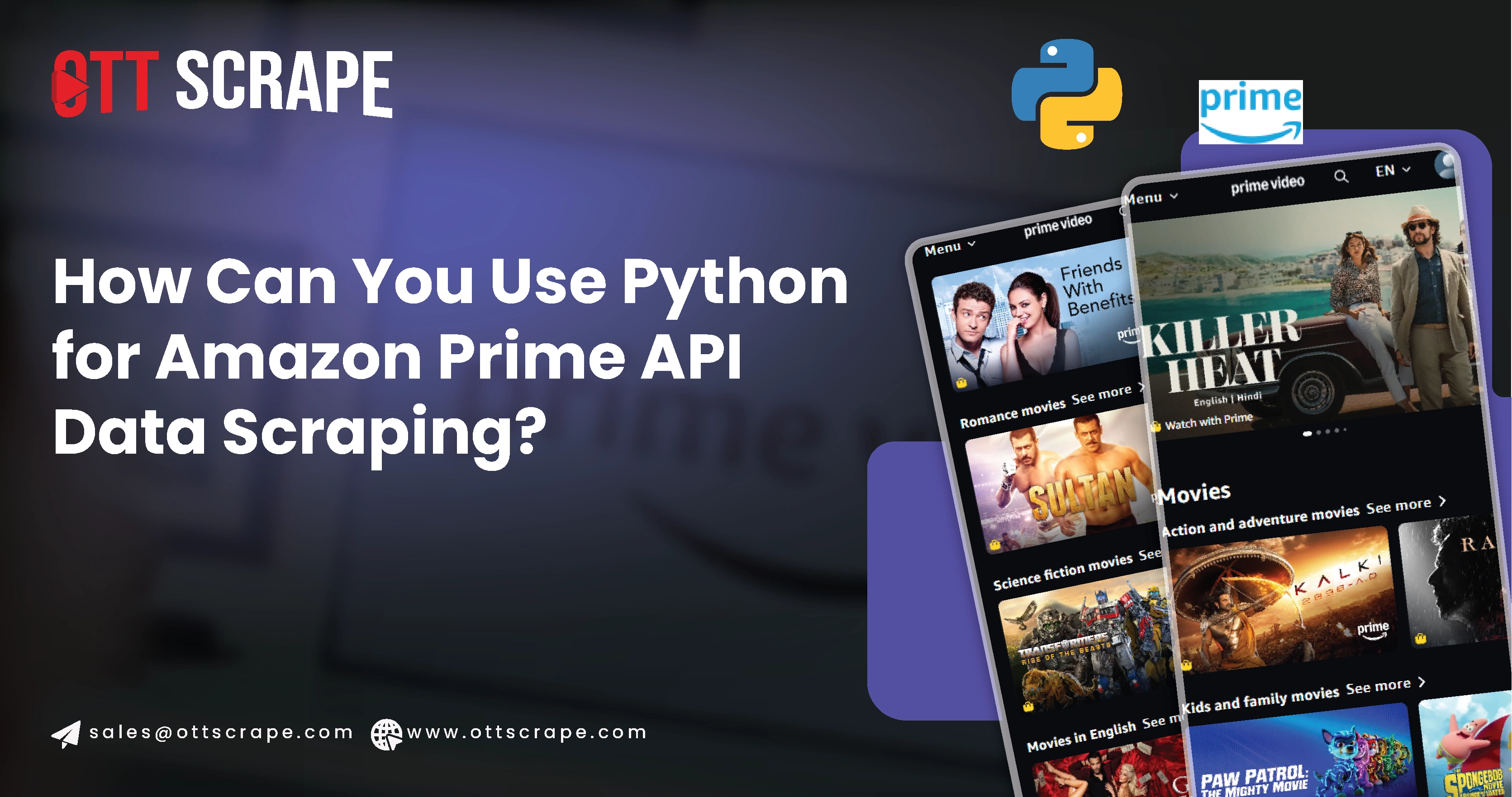
In the field of data science and web scraping, Python is an exceptional tool due to its versatility and power. This article will walk you through the process of using Python for Amazon Prime API Data Scraping , offering practical code examples to help you get started. You'll learn how to employ an Amazon Prime API Data Scraper to extract valuable information such as movie details, ratings, and more from Amazon Prime. Whether you're interested in tracking new releases, analyzing viewer preferences, or comparing ratings, understanding how to perform an Amazon Prime API Data Scrape will equip you with the skills to gather and analyze streaming data effectively. By the end of this guide, you'll clearly understand how to harness Python for efficient data extraction from Amazon Prime, enabling you to leverage this data for various analytical and strategic purposes.
Introduction to Amazon Prime API Scraping
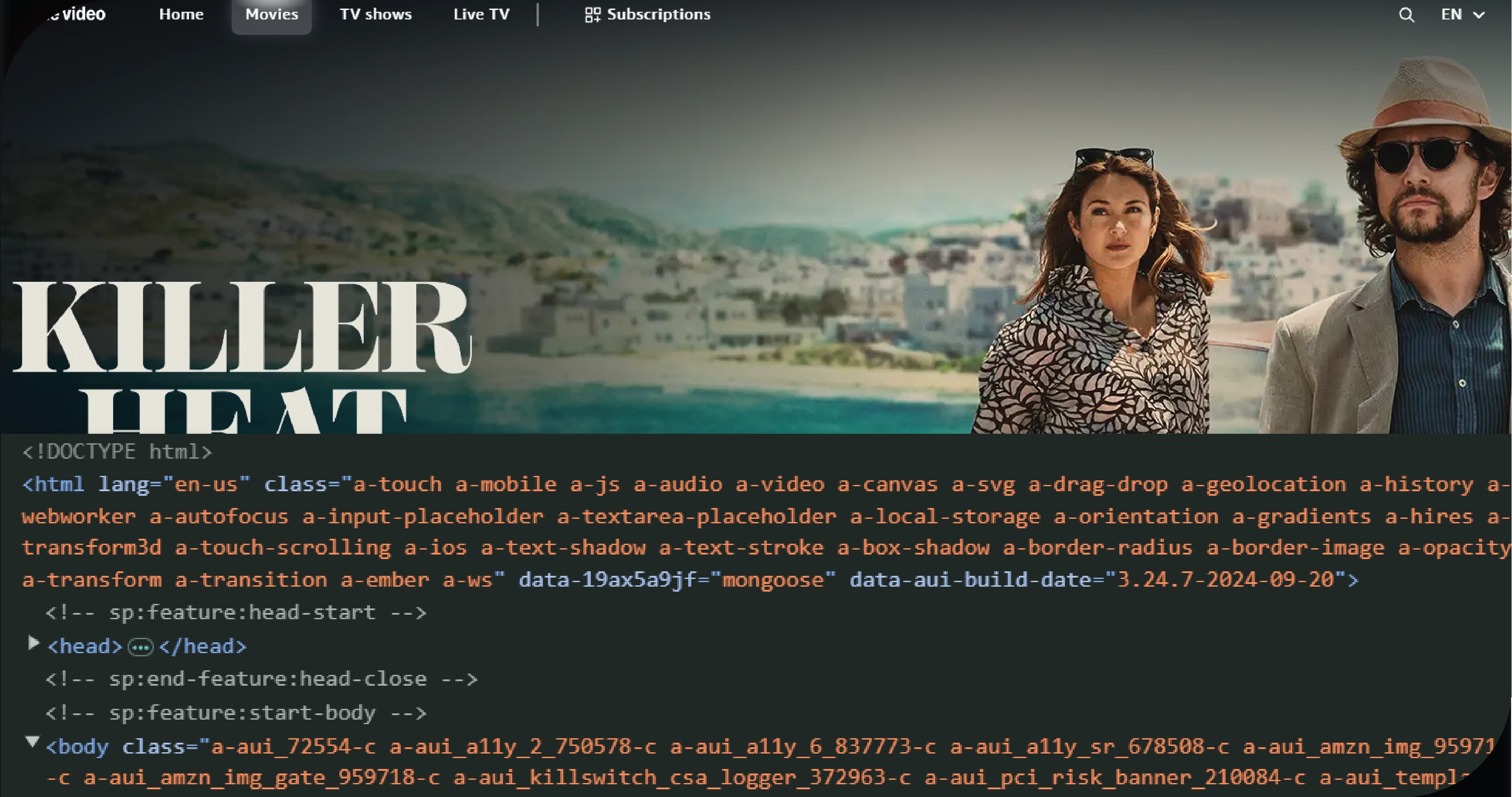
Amazon Prime is a prominent streaming service offering many movies and TV shows. The ability to collect Amazon Prime API data can be incredibly valuable for various applications, including conducting market analysis, conducting competitive research, and generating personalized recommendations. Such data can provide insights into viewer preferences, content popularity, and emerging trends.
However, it's crucial to understand that scraping data from websites and APIs must adhere to their terms of service and legal regulations. While Amazon does not offer a public API specifically for Prime Video, developers can resort to unofficial methods for Amazon Prime API data extraction. These methods involve using web scraping techniques to gather data from Amazon Prime's web interface.
This guide will walk you through using Python to perform Amazon Prime API data scraping services . It will cover practical code examples utilizing libraries such as BeautifulSoup and Requests to scrape and analyze data. By following this guide, you'll learn how to extract and utilize valuable information from Amazon Prime effectively despite the absence of a formal public API.
Prerequisites
Before diving into the code, ensure you have the following installed:
1. Python: Python 3.6 or higher.
2. Libraries: BeautifulSoup, Requests, and optionally, Selenium.
You can install the required libraries using pip:
pip install requests beautifulsoup4 seleniumSetting Up Your Environment
1. Install Necessary Libraries
You need several Python libraries to scrape data effectively:
• Requests: For sending HTTP requests to web pages.
• BeautifulSoup: For parsing HTML content.
• Selenium: For interacting with dynamic content (optional, if needed).
Install them using pip:
pip install requests beautifulsoup4 selenium2. Setting Up Selenium (Optional)
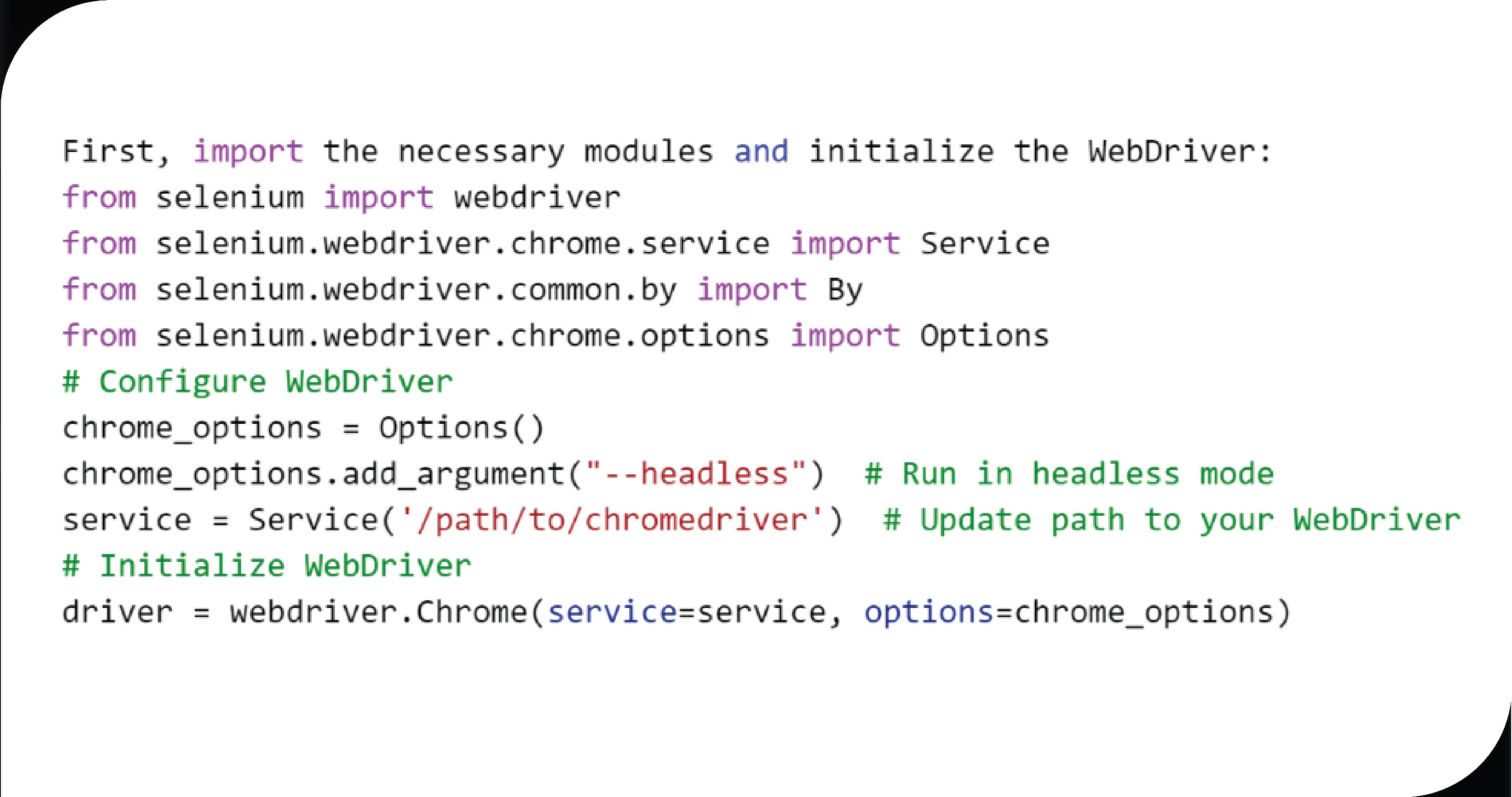
Selenium helps scrape dynamic content that requires interaction. Download the appropriate WebDriver for your browser (e.g., ChromeDriver for Chrome) and ensure it's in your system's PATH.
Steps to Scrape Data from Amazon Prime
Since Amazon Prime does not have an official public API, we will use web scraping techniques to gather data. Note that web scraping Amazon Prime's site may violate its terms of service, so proceed cautiously and ensure compliance.
1. Using Requests and BeautifulSoup
Here's a step-by-step guide to scraping data using the Requests and BeautifulSoup libraries.
Fetching Web Page Content
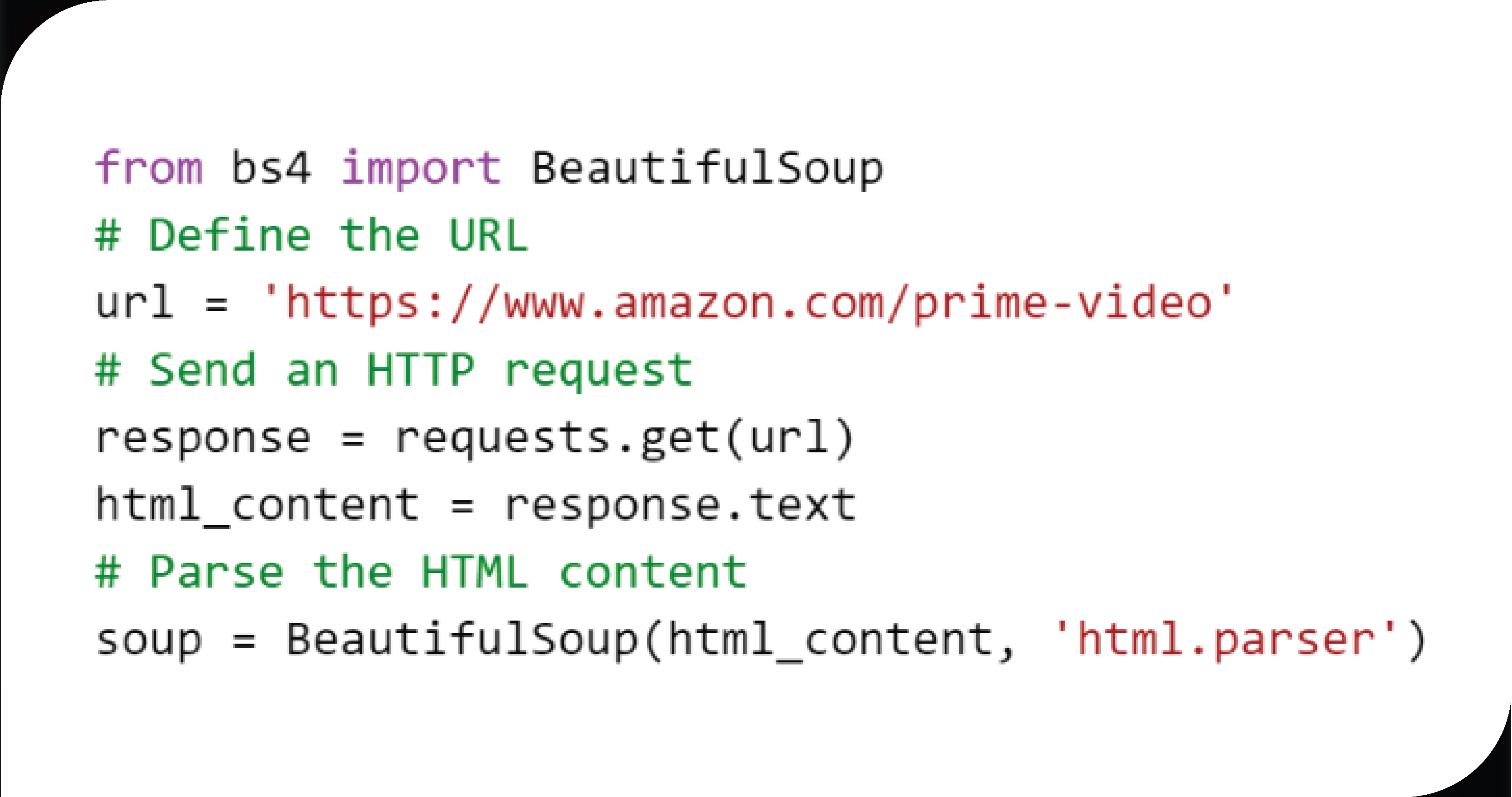
First, send a request to the Amazon Prime page you want to scrape:
import requests
Extracting Movie Titles and Details
Suppose we want to extract movie titles from a search result page. Inspect the HTML to find the relevant tags and classes:
This code snippet finds all elements with the class a-text-normal and prints the text content. Adjust the class names based on the actual structure of the page you're scraping.
2. Handling Dynamic Content with Selenium
Selenium can be helpful for pages that load content dynamically using JavaScript. Here's an example of using Selenium to scrape such content.
Setting Up Selenium
Navigating and Scraping Content
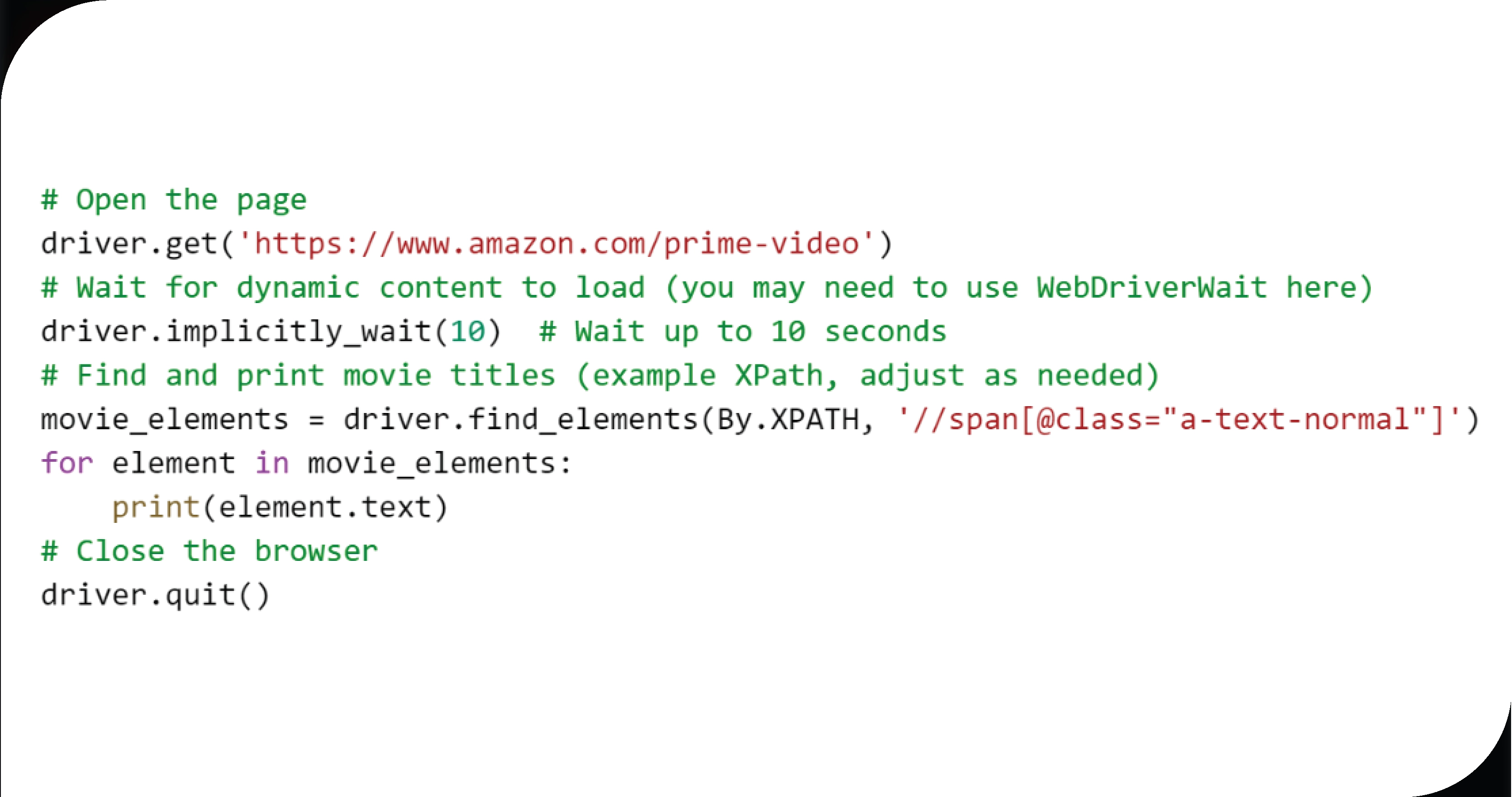
Advanced Techniques Used for Scraping
Handling Pagination
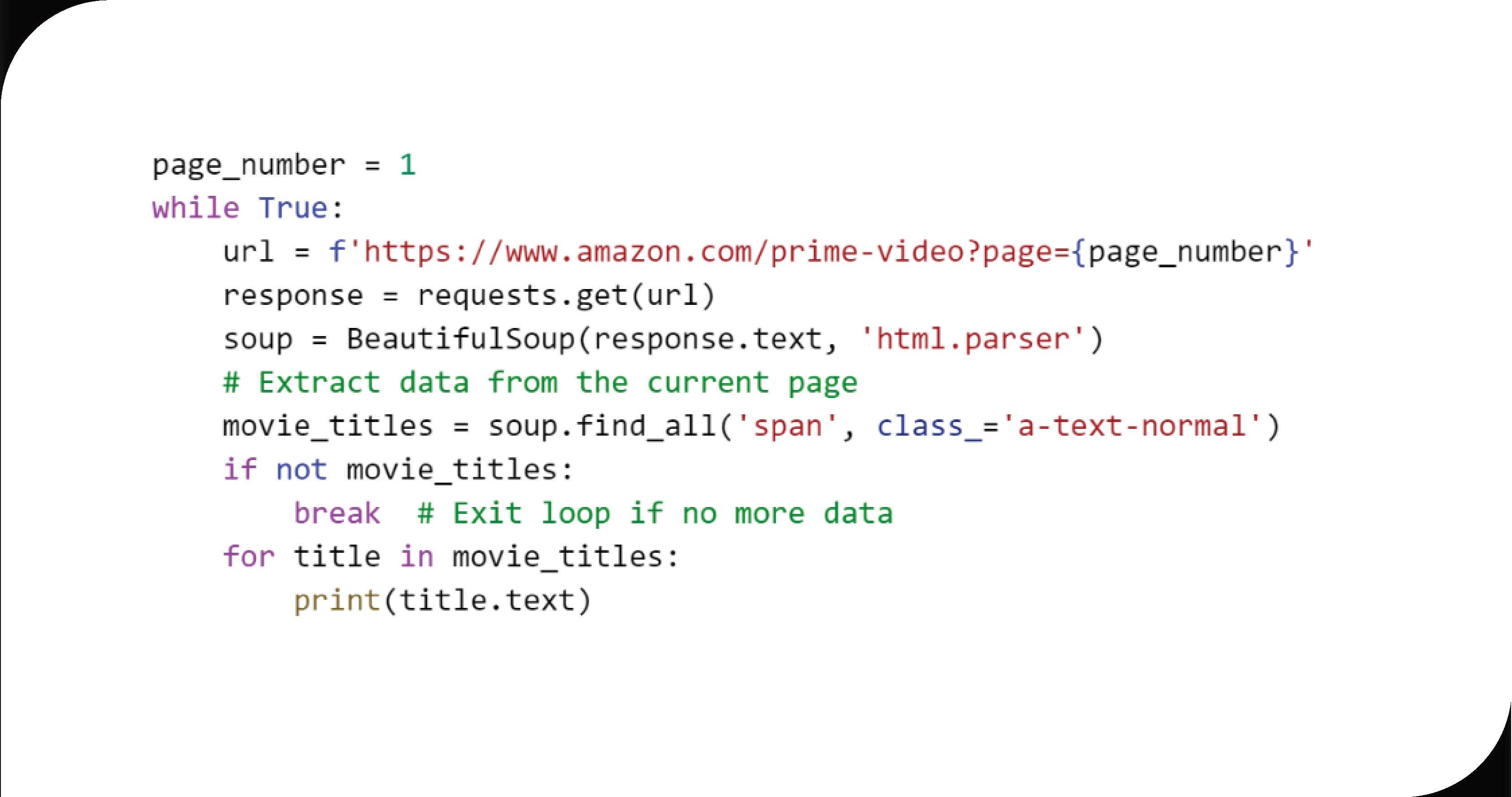
Many websites use pagination to manage large amounts of data. To handle pagination, you need to iterate through multiple pages and collect data from each:
Dealing with CAPTCHAs and Anti-Scraping Measures
Like many sites, Amazon Prime uses CAPTCHAs and other measures to prevent scraping. To handle these, you may need to:
• Rotate IP addresses or use proxies.
• Use CAPTCHA-solving services if CAPTCHAs are encountered.
• Implement delays between requests to avoid detection.
Storing Data
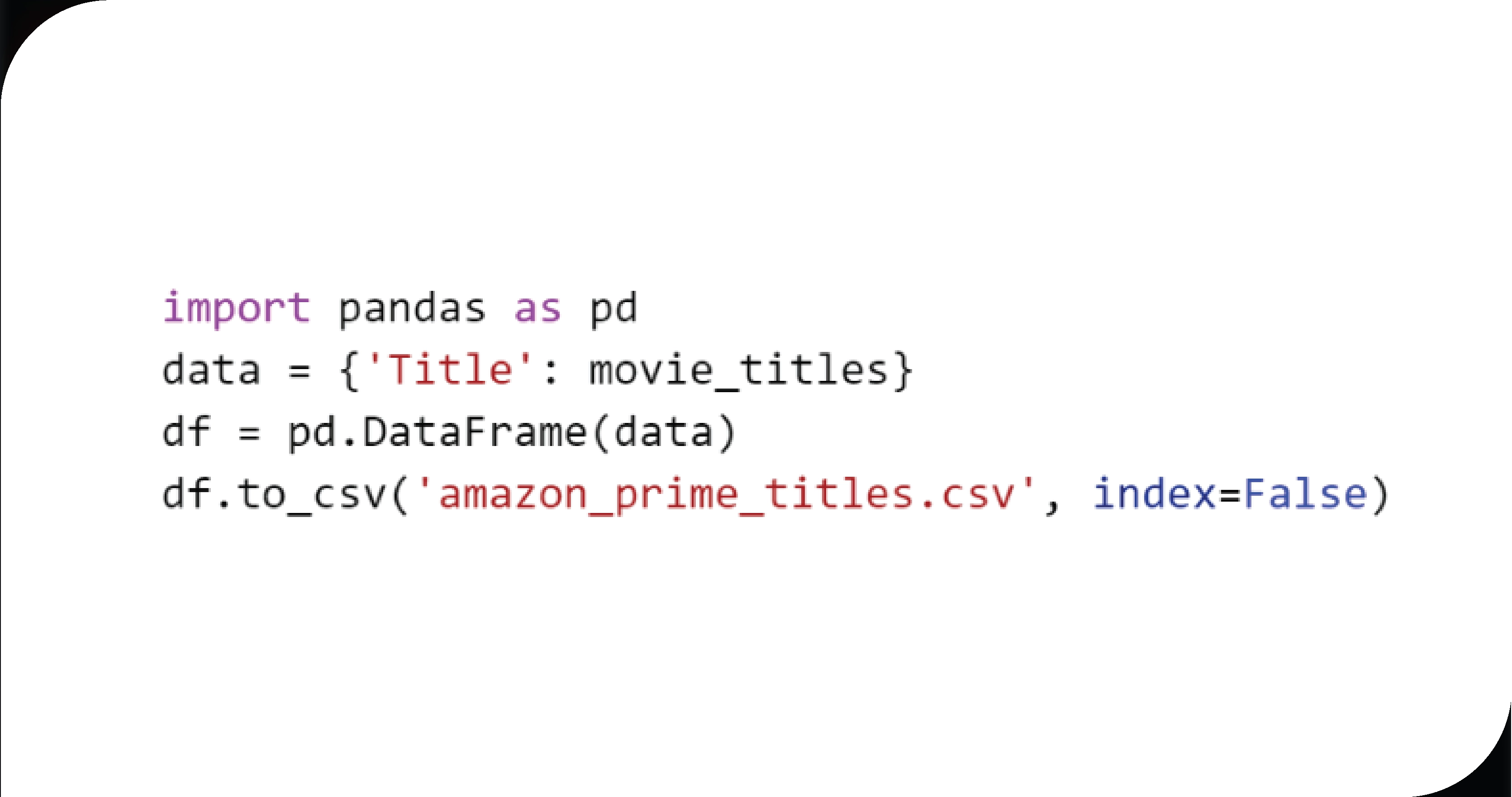
After scraping, you should store the data for further analysis. You can use libraries like pandas to save data to CSV files:
Conclusion
Scraping data from Amazon Prime with Python provides insights into streaming content and viewer preferences. This guide covers using Requests and BeautifulSoup for static content and Selenium for dynamic content, essential for web scraping Amazon Prime API Data. We also discussed advanced methods for handling pagination and overcoming anti-scraping measures like CAPTCHAs and IP blocking. Ensuring your scraping activities comply with Amazon's terms of service and legal regulations is crucial. By applying these techniques, you can effectively gather and analyze data from Amazon Prime, improving your understanding of the streaming landscape and enabling informed decision-making based on the insights obtained.
Embrace the potential of OTT Scrape to unlock these insights and stay ahead in the competitive world of streaming!


